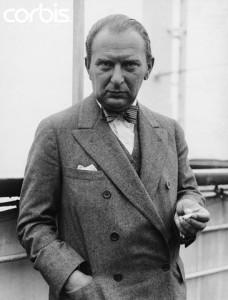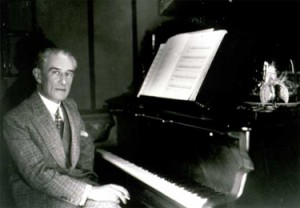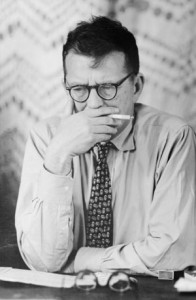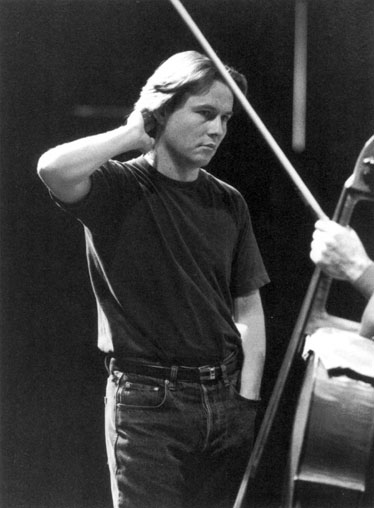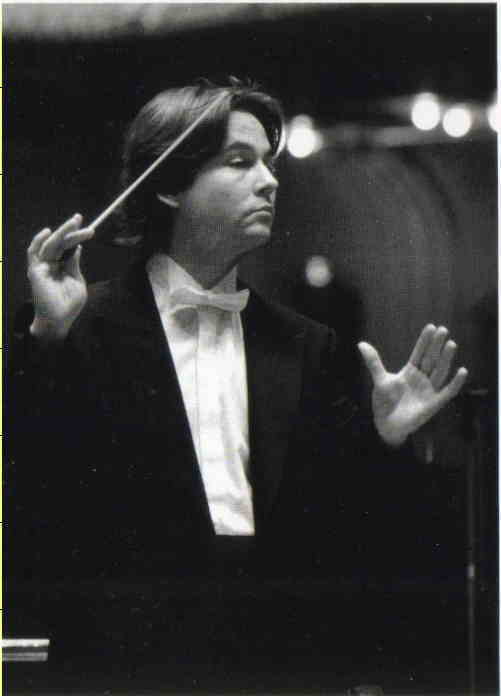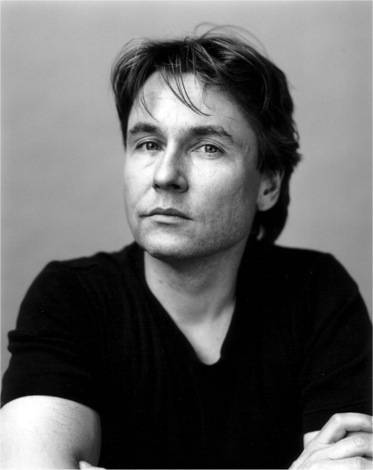It’s not that I think Esa-Pekka’s advice to conductors is bad per se, it’s just that I think some of it is rather oblique and the rest of it is perhaps less-than-useful. Either way, his list inspired me to create my own, and here it is:
1) Show respect to everyone you work with, including but not limited to: musicians, stage crew, librarians, administrators, board members, PR people, press, patrons. Remember that each one of these human beings is motivated by his or her own personal goals; your job is to unify this divergent array into one unified project. Foster an atmosphere in which people feel connected to the overarching goal and in which they share in the rewards of a positive outcome. Communicate clearly and get them actively involved. Hold people to high standards as you would yourself, but be understanding and forgiving if they make mistakes.
2) Do not neglect the importance of conducting technique. Stand straight. Hold your baton in such a way that you create a straight line from the tip of the baton to your elbow. Beat clearly, taking special care to ensure that horizontal beats (beats 2 and 3 in a four-pattern) go clearly out to the sides. Keep your beat small and always relate it to the size of the music. Cue mainly with the eyes and the breath.
3) Memorize your scores in as much detail as you possibly can. I prefer to conduct without scores because it forces me to memorize them – try as I may, unless I set myself the specific goal of conducting without a score, I never memorize them fully. You should conduct at least two rehearsals without the aid of a score. If I am conducting a concert where I don’t have two rehearsals, I always use the score. With my youth orchestra, which begins rehearsals 10-12 weeks before a concert, I schedule my study time so that I have memorized the music one or two weeks out; if I were to memorize the scores before the rehearsal process began, I would have far too much time to forget them before the concert.
4) Know everything but do not act like a know-it-all.
5) Compose. I agree with EPS that learning to play an instrument very well is a valuable pursuit for a conductor, but if the choice is between learning to play an instrument passably well and also making a few modest attempts at composition, I think the latter is a much wiser course of action. Your job as a conductor is, essentially, to straddle to the two sides of the composition-performance divide. Orchestration is a valuable pursuit as well, but I think it’s better to write a simple piano composition from scratch. (This advice applies equally to all musicians.)
6) Learn to play the piano and a string instrument at least passably well. I always recommend viola, not just because it happens to be my instrument, but because it kills many birds with one stone: you learn how to hold and bow an instrument in the upright manner employed by violins, you learn an instrument that is strung as the celli are, and you are forced into a tactile knowledge of the alto clef (this advice applies equally well to composers.)
7) Expunge coarse language from your everyday speech. You will frequently be called upon to speak in front of audiences and media. Those who habitually make recourse to obscenities use them as replacements for more accurate vocabulary; in front of an audience, these words suddenly become unavailable to you, and you will end up searching awkwardly for the appropriate word, interlarding your discourse with an endless barrage of ‘ums’ and ‘uhs’ (which are entirely unpleasant to the listener and make you out to be a bumbling fool.)
[The use of these fillers (‘um’, ‘uh’, and the most vile of all, ‘so’) is common among newby public speakers. This is understandable, but you must dedicate yourself to removing them through practice. You must develop the habit of thinking ahead of what you are speaking about. If you have done extensive research and you legitimately know what you’re talking about this is much easier.]
7a) When speaking to audiences, do not use slangy musician expressions like “Tchaik 5”. This is trade speak, and it is alienating. Assume that your audiences have no knowledge of the technical terms of music, but that they possess a musical intelligence that can be unlocked if you express yourself clearly. Demonstrate using sound clips and examples at the keyboard. Audiences will love it if you can help them listen in more active ways.
8) Learn to speak and read French, German and Italian. Practice the correct pronunciation of their words and learn their grammar so that you understand the inflection of their sentences. A basic understanding of a Slavic tongue is also desirable, particularly if you can learn to read the Cyrillic alphabet. The more languages you can acquire, the better, but if you learn those three core European tongues, you will do yourself an enormous favor.
9) Gentlemen conductors will need acquire the following items of apparel:
- A black dress suit, white formal shirt and an array of neck ties;
- A dinner jacket (“tuxedo”), formal (satin-striped) trousers, pleated shirt, cummerbund, wing-tip collar, black bow tie, black (onyx) cuff links and studs;
- A full-length tailcoat, piqué (marcella) shirt, white piqué bow tie, white piqué vest, mother-of-pearl cuff links and studs.
Silk socks or stockings and a good pair of patent leather shoes (which should never see the light of the outside world) are also vital. Every item on this list should be of the highest quality and custom tailored to the wearer. This involves a considerable expense, but it is an incredibly important investment. Keep these clothes clean and in good repair and, most important of all, learn to wear them well. Know the ins and outs of every button and hook, and be confident: you look great!
[This should go without saying, but do not consider, for even the briefest of moments, the use of pre-tied bow ties. They are vile and cheap and reveal you as an utmost fraud. Wearing a real bow tie is not only consistent with the high standards to which you should hold yourself overall, but it sets a good example to the gentlemen of the orchestra, who should also care for their garments and overall appearance with the same exacting attention as you do.]
Bonus points: also acquire and learn how to tie an ascot.
10) Accept that much of what happens to you in your career (or even within a single concert) is completely out of your control, but work as hard as you possibly can to ensure the best outcomes.
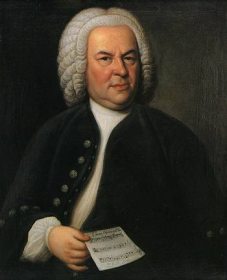





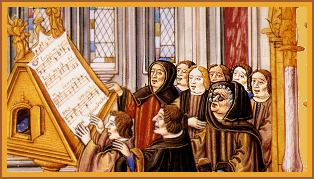






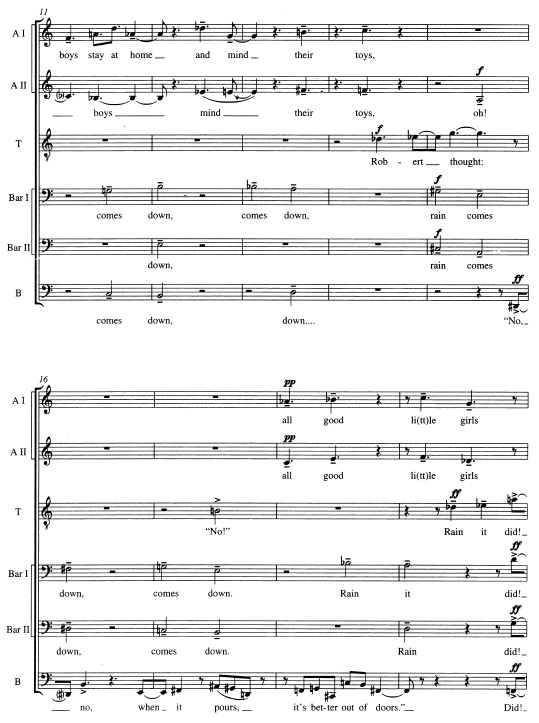


 Alban Berg, the shining light of the Second Viennese School, has gotten all too little love up in these lists so far. Finally, we’ve arrived at his category.
Alban Berg, the shining light of the Second Viennese School, has gotten all too little love up in these lists so far. Finally, we’ve arrived at his category.




